Explain One Continuity That Occurred in the Period 800 600 Bce
-
May 8, 600
Central Africa
A widespread of species across Central Africa, such as homo sapians, band together with others to form nomadic groups.
-
May 8, 750
East africa - Bantu People
The Bantu-speaking people migrated from Western Africa to all throughout the rest of Africa (including Eastern Africa) due to war and famine in West Africa. They settled in Ethiopia and the Kush territories.
-
May 5, 1000
Latin America 10,000
A second group of people are believed to cross the Bering Straight and travel all the way to Chile in South America.- allison coe
-
May 5, 1000
Central Asian Calvery
1000 BC The
nomadic fighters of the steppes, nimble on horseback and shooting arrows as they go, pioneer the techniques of cavalry warfare.
Culture, Enviroment, States
Kevin Knoer -
May 6, 1000
Harappa City 2600-1900 BCE
a central city in the Indus Valley. This city had high thick walls of brick, streets, drainpipes and a citadel in the center of the city. Urban centers like Harappa controlled surrounding farmlands.
-
May 6, 1000
Indus Valley Civilization 8000-1900 BCE
The Indus Valley civilization developed (like Mesopotamia and Egypt) by a great river. Indus Valley surrounded an area known as Punjab, which, when translated, means five waters. The close proximity provided a good place for settled faming and agricultural surplus. It is believed that natural disasters led to the abandonment of the Indus Valley and migration to another region. (8000-1900 BCE)
-
May 7, 1000
Jerusalem is Capital of Israel
King David captured Jerusalem, making it his capital.
-
May 7, 1000
stone tools-oceania-helena
1000 B.C. Australia begins to use the more wide-spread stone tool kit. Cemetaries are built and tribal wars are common while each group looks for secure food resources.
-
Silk Road trade route begins.
-
May 8, 1000
Olmec Advancements
The Olmecs developed technologies to exploit minerals such as quartz and jade. Many art styles were than influenced due to the vast amount of jade available.
Roni Storjohann -
May 8, 1000
Rise of Caste System in India (SE Asia)
The caste system was introduced in India, where classes were determined solely on hereditary placement. Emily Lane
-
May 8, 1000
Central Africa
Bantu immigrants migrated to Central Africa.
-
May 7, 1020
Saul is First King of Israel
Samuel (religious leader) saw the need for a stronger central authority to lead israelites against the Philistine's; so he made Saul king.
-
(1200 BCE) Th Cimmerians settle in the Ukraine
-
Olmecs were the first true civilisation of South America and were the ancestors of the later cultures.
Roni Storjohann -
May 6, 1300
Indus Valley Trade
seal stones from the Indus Valley were discovered in the Tigris-Euphrates valley indicating that people from the Indus Valley may have participated in long-distance trade. They were skilled in using a potter's wheel, working with metals and irrigation
-
Period: May 7, 1400 to May 7, 1500
Rock Painting (South Africa)
rock paintings have been found revealing ancient ancestors in the times of 1400-1500 BCE
-
May 5, 1500
Central Asian Conflict
1500BCE, composite bow is used by soldiers fighting in chariots
States
Kevin Knoer -
May 6, 1500
Karma, Reincarnation and Brahmins
Brahmins were priests of the Vedic religion whom taught the belief in reincarnation and karma. This solidified the authority of the varna-caste system because the message of karma was that you are where you are suppose to be.
-
May 6, 1500
The Vedic Age 1500 BCE-500 CE
Named the Vedic Age because of the impact of the Vedas religious texts in Indian civilization. The Varna Caste system was developed at this time. There were four original classes: priests and scholars, warriors and officials, merchants and landowners, and lastly peasants and laborers. Later the lowest group, known as the untouchables emerged.
-
May 8, 1500
Vedas Written (SE Asia)
The Vedas were written and followed as a religious practice in Southeast Asia. Emily Lane
-
May 7, 1532
Beginning of New Kingdom
First thoughts on monotheism emerge.
-
Latin America 17,000
Early ceramics and fertility statues are in Valdivia on the northern coast of South America.-allison coe
-
Middle East: Social Structures: Development and Transformation
The Law Code of Hammurabi, a Babylonian law code, reflects social divisions. It identifies three classes- 1) free land-owning class (royals, high-ranking officers, etc.) 2) dependent farmers and artisans 3) slaves employed for domestic service. The lower orders received the most severe punishments. Slaves were made out of POW.
Jennah Davison -
North America
Weapons and tools were made from wood and stone, pottery was made and traded with Latin American societies and in return got and learned how to plant crops such as maize, beans, ect. from Mesoamerican societies Mitchel Dierickx
-
North America
Multiple tribes emerged in the southwestern region including the Anasazi. They began to build taller structures which began to grow popular among newer societies Mitchel Dierickx
-
latin america 2000
The loss of big game makes it hard to find food. So the inhabitants switch to looking for small game in order to survive: like fish and small mammals.-allison coe
-
2000 BCE Caribbean [AM]
Earliest evidence of people in the Lesser Antilles found in Antigua.
-
Middle East: Environment: humans and their environment
In Mesopotamia, new land was opened to agriculture by building and maintaining irrigation networks: canals brought water from river to field, drainage ditches carried water back to river, partial dams raised water level of river, and dikes protected against floods.
Jennah Davison -
West Africa- 8000bce-600bce
Many tribes began to cultivating yams and black eyed peas.
-
West Africa- 8000 bce
Oral records and wall paintings were the main way of communication.
-
North Africa 8000 BCE-600 BCE
Environment: Due to the desertification of the Sahara, around 3000 BC, many of the pastoral tribes in North Africa leave this area to go to the Egypt area, but some tribes, like the Tauregs adapted to their environment.
Cultures: The Taureg tribe develops an alphabet and starts to wear jewelry, while Kabyles around Algeria start to make pottery, all of these define their cultures and prove how developed North Africa was getting in this time period. -
North Africa 8000 BCE-600 BCE continued
States: Tribes in Libya seek to expand their territory and attack Egypt, and succeed.
Economic Systems: Carthage, in Tunisia becomes a major trading post in North Africa around 700 BCE.
Social Structures: The Taureg tribe sticks to a strict hereditary classes. -
East Africa - Home to all humans?
Many scientists believe that humans evolved from East Africa
-
Migration (South Africa)
In 8000 BCE there was evidence of the first inhabitants of South Africa, the Bantu people migrated to the region.
-
Latin America
The Chavin make significant developments in art, ceremics, and weavings.
-Miranda Hale -
Olmec Beliefs
Many Olmec cities were built in alignment with the stars. This demonstrates their strong beliefs in astronomical events.
Roni Storjohann -
East africa - Madagascar
BCE: Madagascar had a direct link to the Silk Road and actually supplied a lot of the silk roads rare silk to make a lot of money.
-
La Venta became the most important and visited cultural centers for the Olmecs.
Roni Storjohann -
Period: to
Solomon's Rule
Solomon strengthened trade, brought wealth, and built the first temple in Jerusalem which now brought a more defined social hierarchy.
-
Period: to
Neo-Babylonian Kingdom
Babylon was dreastically transformed by a cultural renaisasance. It was enlarged, rebuilt, and new technology and knowledge was introduced.
-
Period: to May 7, 1400
Creating Civilization (South Africa)
The Bantu people settle along the Limpopo River Area the native language is Nguni
-
Middle East: States: Building, Expansion, Conflict
Conquest gave some Mesopotamian city-states access to vital resources. Trade offered an alternative and long-distance commerce flourished.
Jennah Davison -
Central Africa
Forest people first arrived in Cenral Africa, which was led by an expedition that explored Southern Egypt.
-
North America
Hunter-gatherer civilizations began to adapt to climate changes and stocked up on fish and plants Mitchel Dierickx
-
Latin America
The llama and alpaca are domesticated in Latin America.
-Miranda Hale -
Silk Manufacture Begins
Economic Structure
Kevin Knoer -
Central Asian Tribesmen
Central Asian tribesmen tame, breed and ride horses. 3000BCE
Culture
Kevin Knoer -
West Africa- 3000BCE
At this time there was some migration from Guineas Sahel farmers. This was because they needed new land and better land to cultivate.
-
Indus Valley Civilization (SE Asia)
The Indus Valley Civilization was one of the earliest urban civilizations and spread over 1,260,000 km², making it also the largest ancient civilization. Emily Lane
-
North America
As early as 3500 BCE, natives began to make mound complexes around the Mississippi River Valley for leaders burials, temples, and village areas Mitchel Dierickx
-
settment-helena
By 3500 B.C. only the areas of Australia, New Guinea and the Solomon islands are settled.
-
Central Asia Smelting
Copper is extracted by smelting
Cultures, Economic Structure
Kevin Knoer -
West Africa- 4000 BCE
Cattle farming was introduced to West African tribes
-
Middle East: Cultures: Development and Interaction
Ziggurats, a multistory, mud-brick, pyramid-shaped tower was built, yet scholars still wonder its function and symbolic meaning.
Jennah Davison -
Middle East: Economic Systems: Development and Transformation
Evidence of seagoing vessels that carried wood, metals, stone from foreign lands were exchanged with wool. cloth, barley, and vegetable oil. This trade helped boom the economy of Mesopotamia and other nearby countries such as Lebannon, Syria, Egypt, and Anatolia.
Jennah Davison -
New agriculture develoments in Asia
New plants were being used such as yams, peas, and early forms of rice were grown, and pigs, oxen, and chickens were kept.
-
Oceania-helena
Due to a warmer climate with more wild crops and animals available, Oceania retained hunting and gathering until after 5000 B.C.The agriculture in this area was based on taro, yams and bananas.
-
Mangoes Cultivate (SE Asia)
The Mangoes begin to cultivate the land in the Southeast Asia region. Emily Lane
-
landmarks Central Africa
Fossils, rocks, and ancient skeletal remains have been uncovered in the Rift Valley and the surrounding area.
-
Migrating Central Africa
People emerged to the rivers such as the Nile, Niger, and Congo.
-
Latin America- Agriculture
Native populations in Latin America begin to use agricultural techniques, specifically the production of maize.
-Miranda Hale
-
latin america
During this time, the people of Latin America started agriculture. This was mostly maize.-allison coe
-
The Agricultural Revolution Europe - Abigail
Between 6500 and 3500 BCE, the Agricultural Revolution eventually spread to all parts of Europe.
-
Many scientists believe that humans evolved from East Africa
-
8000 BCE-600 BCE: No records of human inhabitance of the Islands has been found during this time period.
-
Hunting and Gathering (SE Asia)
Hunter-gatherers in Southeast Asia began growing crops to supplement their food supply. Emily Lane
-
Cave Paintings Central Africa
Cave rocks paintings became known, and that was a way for communication to one another.
-
Cave Paintings Europe - Abigail
Cave paintings, like these in Lascaux, France, were mostly drawn before 8000 BCE, but some date to the Neolithic Period. They were a form of communication and expression before writing was developed.
-
Shifting Cultivation Europe - Abigail
Also known as "swidden agriculture", which was a type of crop rotaion practice in which some fields were kept fallow and new ones were cleared.
-
Megaliths Europe - Abigail
Megaliths, or "big stones", such as Stonehenge in England, were prevalent in this period and often served some religious purpose.
-
Ox-drawn Plows Europe - Abigail
Long before John Deere, the people of Central Europe tilled the heavy, rich soil with ox-drawn plows and carts.
-
East Africa - Palentology
Paleontologuists have found many fossils linking homo sapiens to have evolved from East Africa.
Source: https://www.timetoast.com/timelines/8000-bce-600-bce-b-day

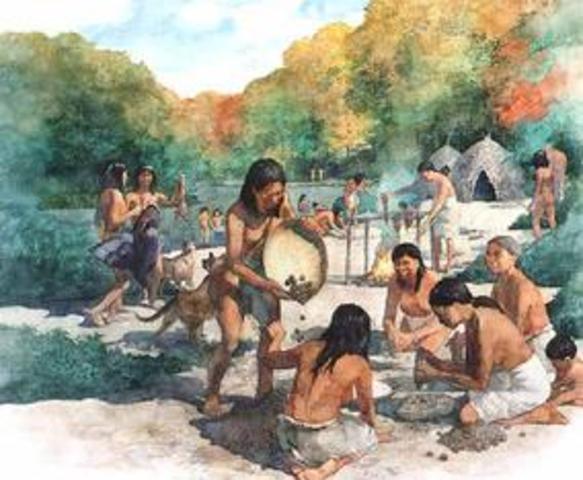
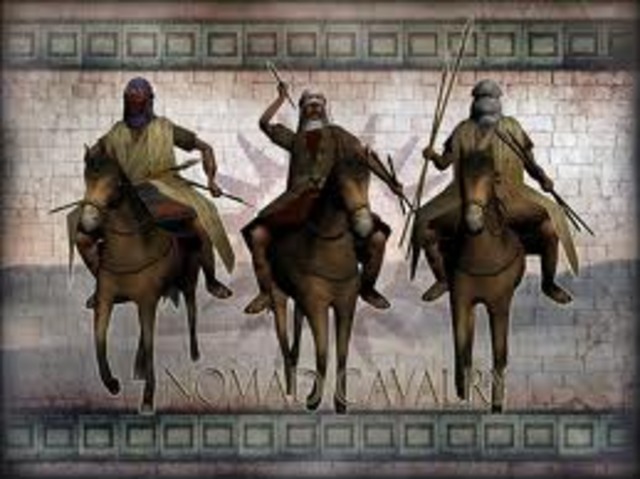
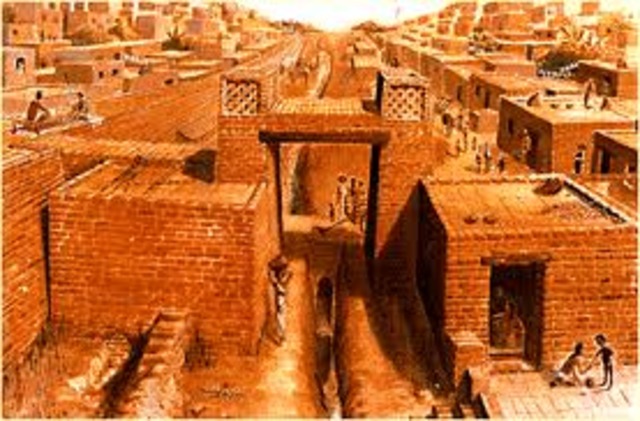

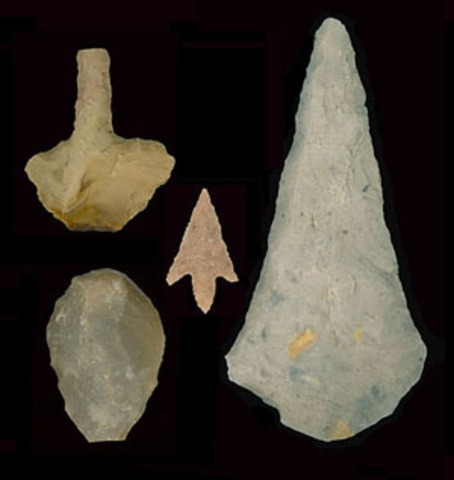

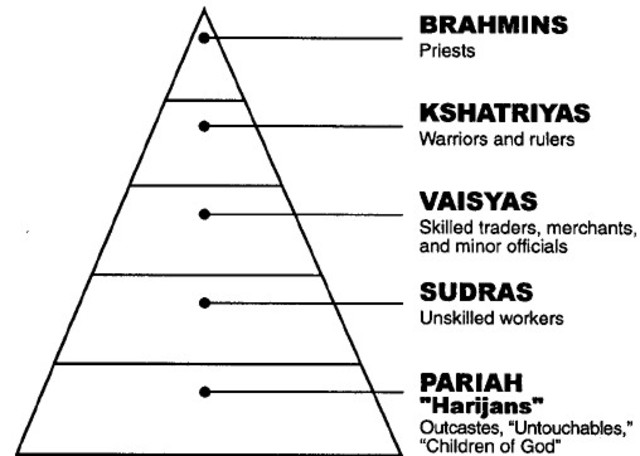

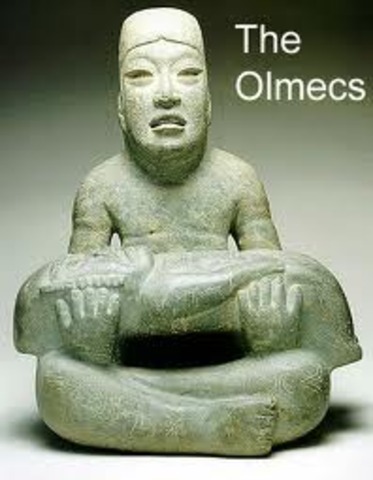
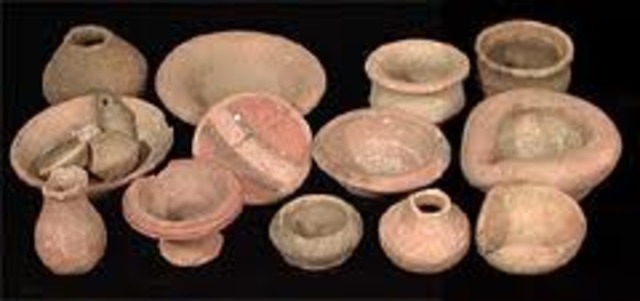


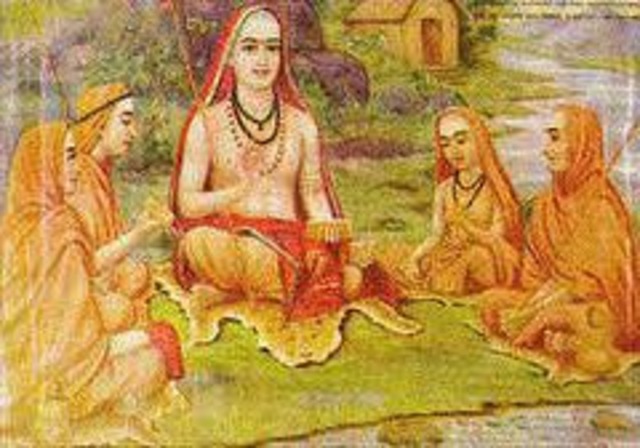


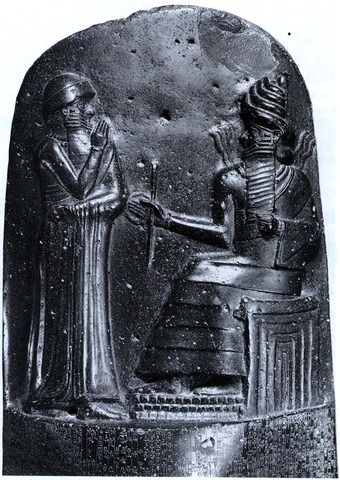
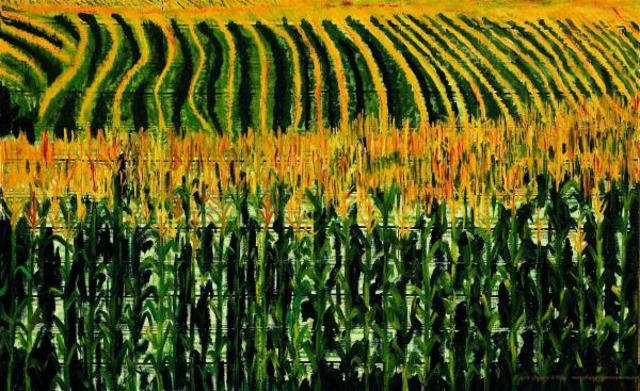
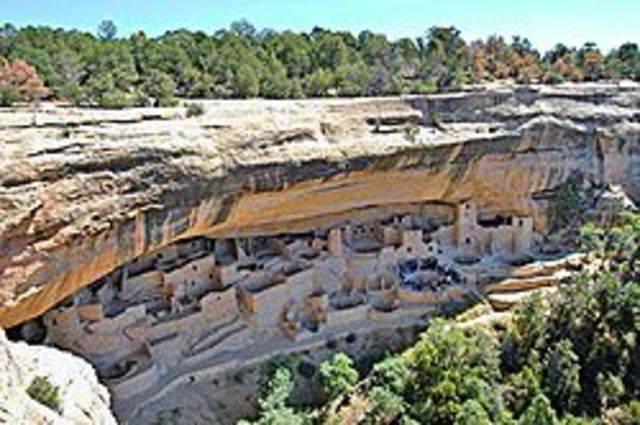
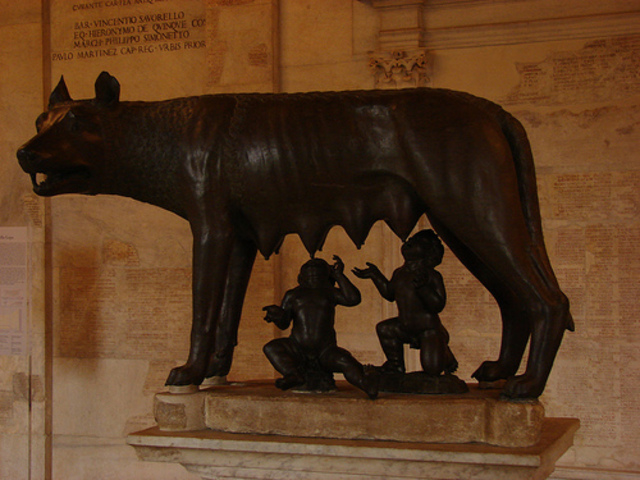
![2000 BCE Caribbean [AM]](https://s3.amazonaws.com/s3.timetoast.com/public/uploads/photo/2631953/image/01263d31677c2fafff38079268ddb871)
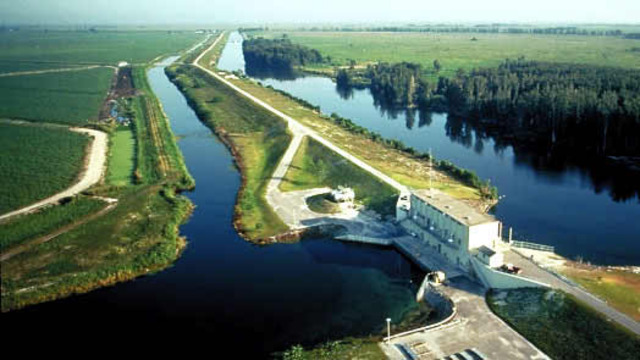

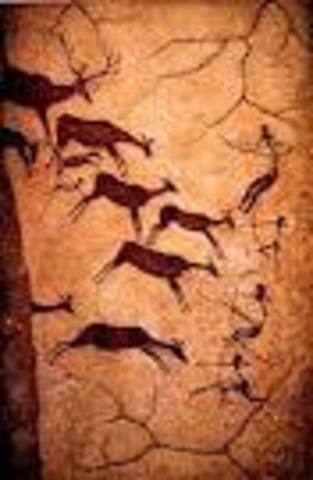
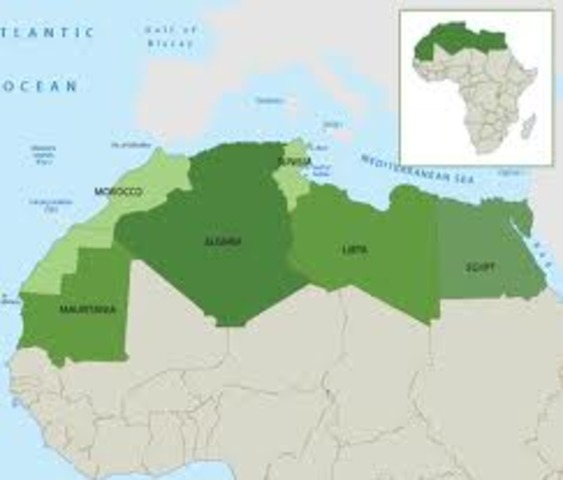
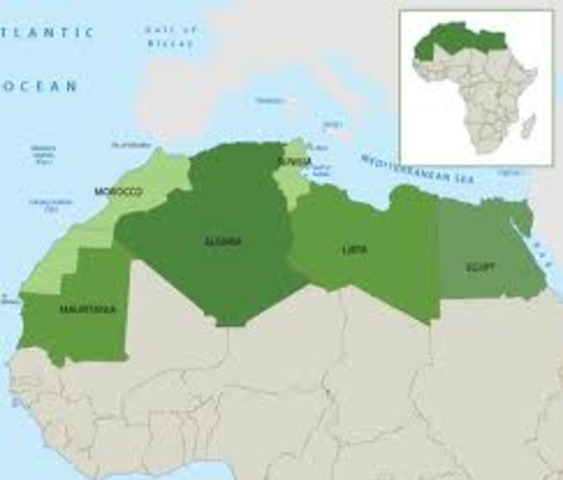
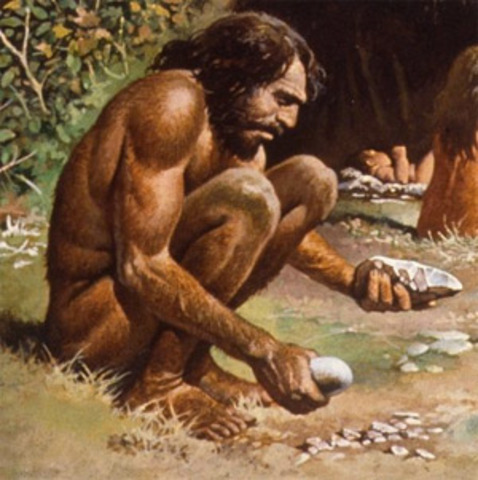

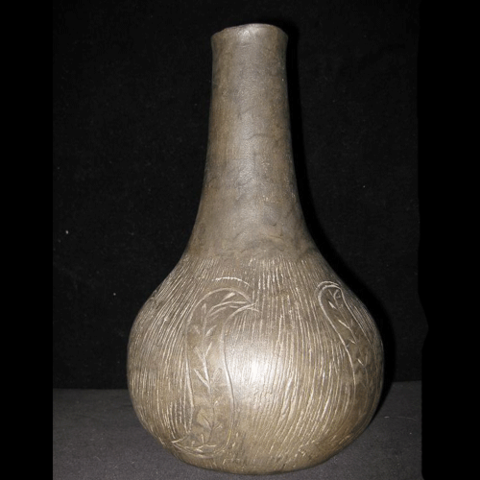
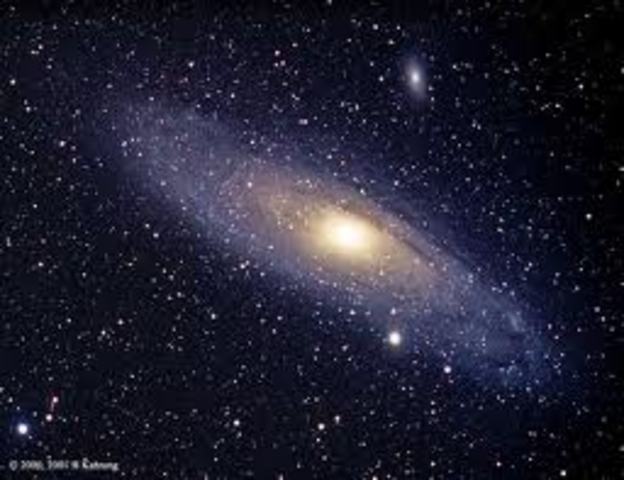
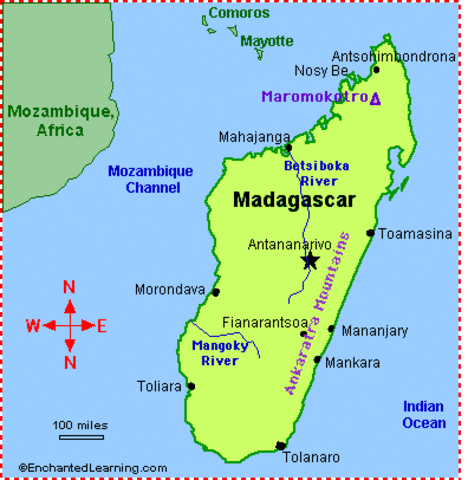
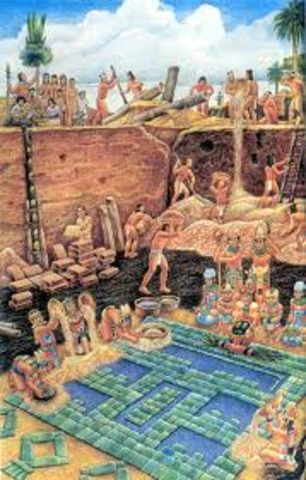
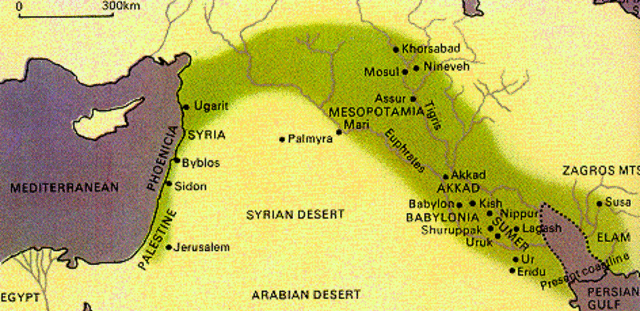
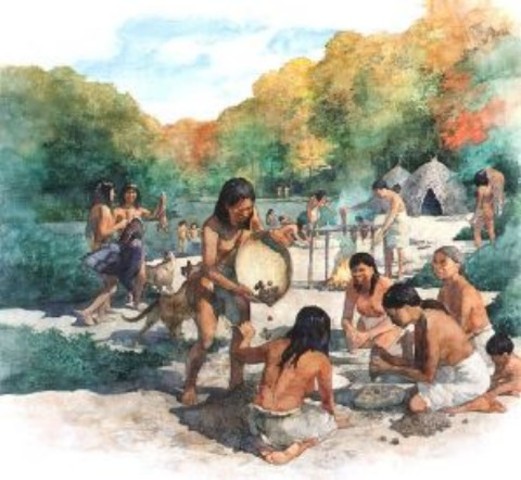
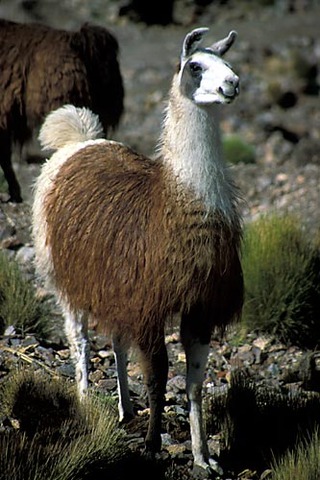



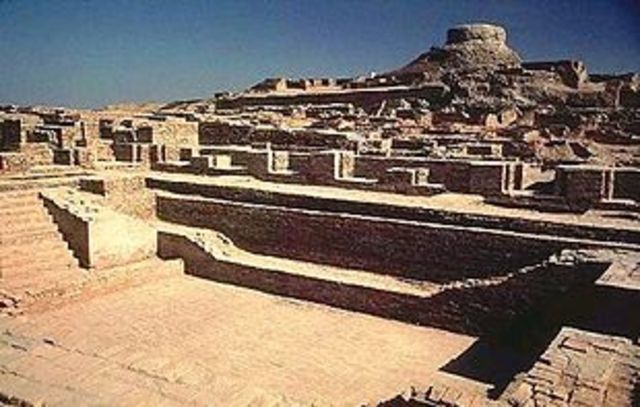
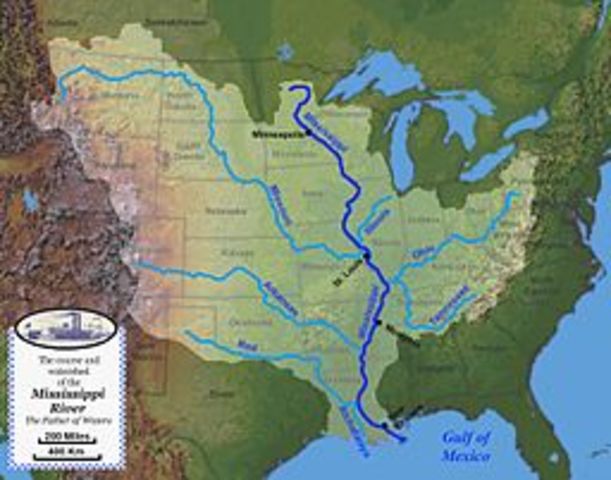
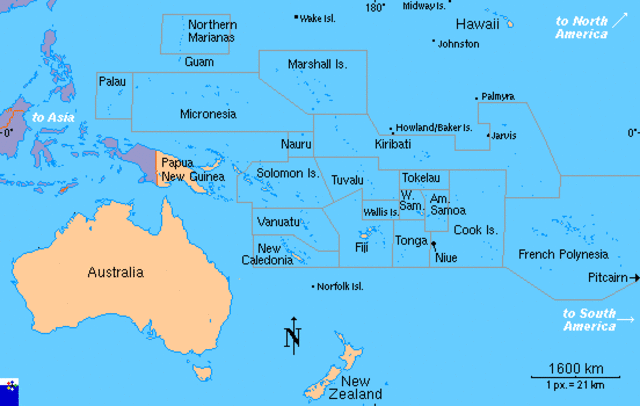


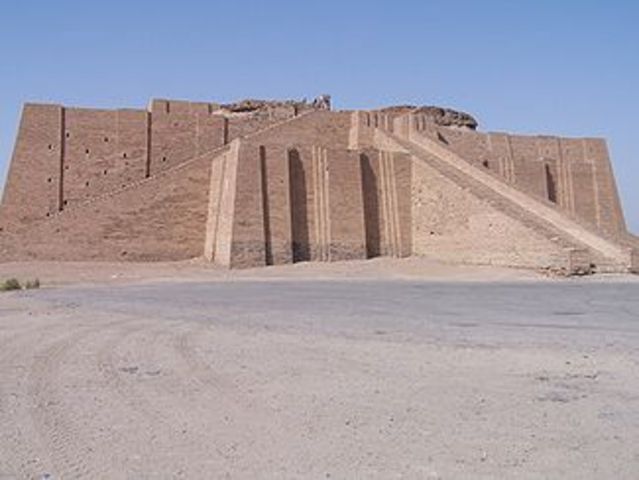
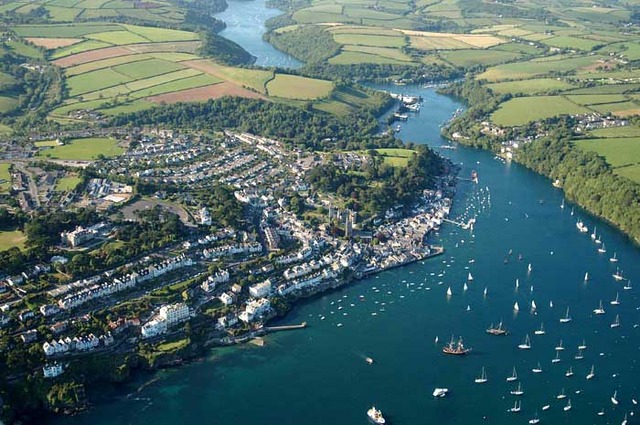




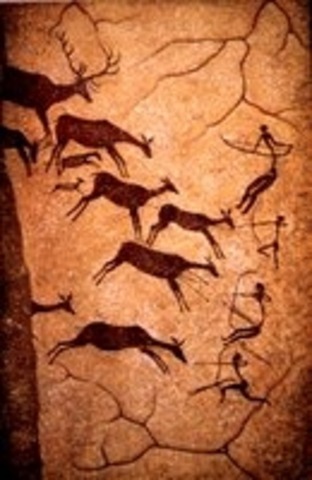
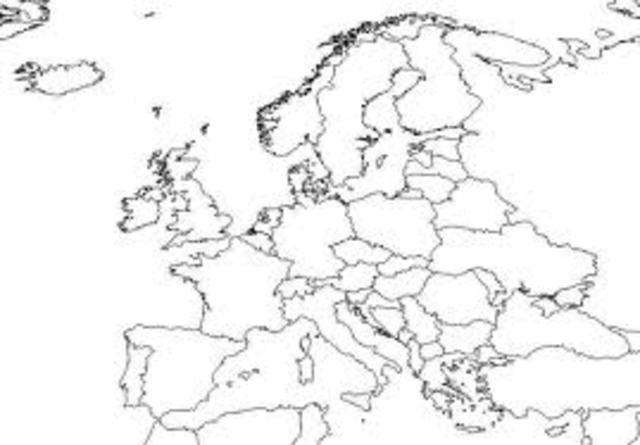
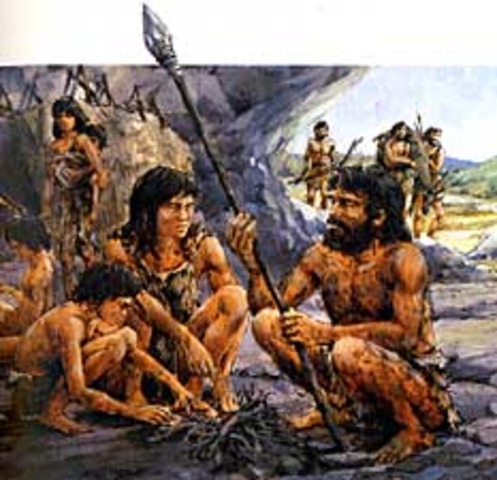
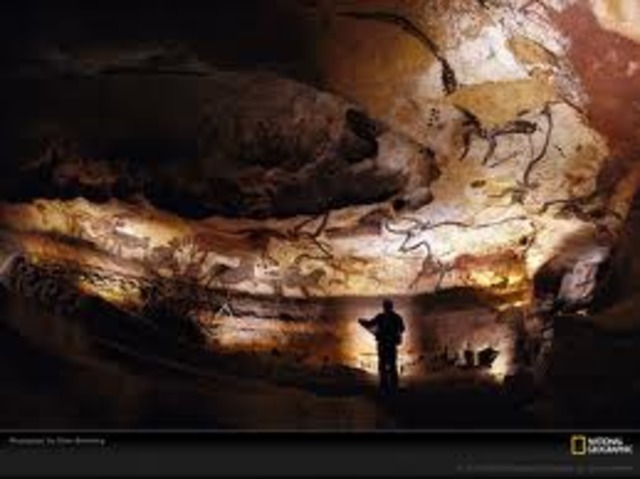
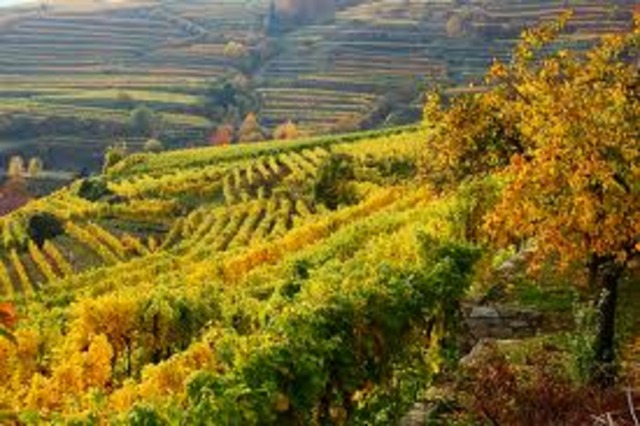

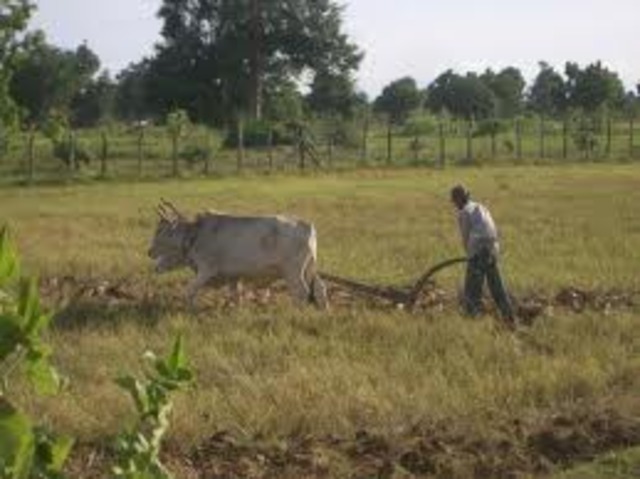

0 Response to "Explain One Continuity That Occurred in the Period 800 600 Bce"
Post a Comment